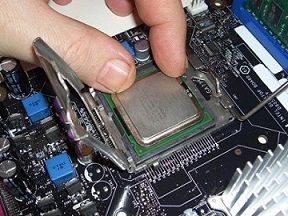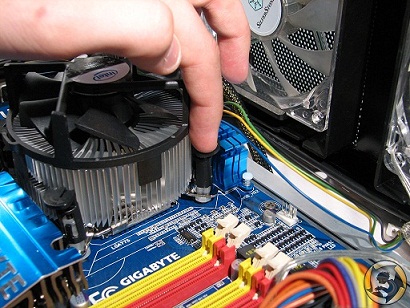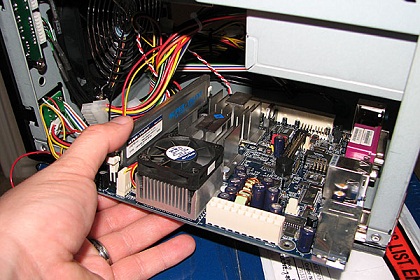PC Building Best Practices
Learning PC building best practices before you build a PC. Many people who are familiar with personal computer (PC) building will concur that, PC building is among the daunting endeavors that one can be faced with.
This follows the understanding that, PC building entails assembling a variety of computer components, which at times requires a lot of expertise. In addition to PC building demanding a lot of expertise, it also involves a number of hardware pitfalls that one should expect to come across while building their PC.
However, despite the numerous challenges that one is bound to face in the process of PC building, there are best practices that one can embrace and in return ensure that, PC building is a walk in the park. Having followed these tips of PC building best practices to the letter, one is able to turn PC building from a frustrating encounter into a successful encounter.
PC Building Best Practices Steps - Installing the PC Processor

This is the first step towards building a PC successfully. Nevertheless, installing a PC processor is the simplest process of building a PC. This is due to the fact that, installing a PC processor doesn't require the use of any tool.
Before installing a computer's processor, one must ensure that it is clean and devoid of dust and other debris. This should be done in order to ensure that, the computer's processor will fit properly once it is installed in the PC.
After cleaning the PC processor, one should also inspect its socket thoroughly in order to ensure that there is nothing inside the socket that could lead to an interference with the entire processor.
However, this should be done while avoiding touching any contacts, lest it lead to further complications in the PC. While installing PC processor, one should further refrain from bending even a single of its delicate pins.
In this regard, one should hold the PC processor from its sides and inspect it thoroughly all in effort to confirm that all the pins are present and not bent. Eventually, insert the PC processor in its socket while using minimal force, lest the pins get bent and the entire processor completely ruined.
Installing Coolers

Installing coolers is the other tip on PC building, which many people ought to come into terms with. Apparently, many people make a number of mistakes while installing coolers in their PC. Among these mistakes they make is using less or excess interface material, leaving the cooler improperly seated after installing it and pointing the fan of the cooler in the wrong side.
Nevertheless, they can avoid making all these mistakes by ensuring that, the cooler they are planning on installing is well cleaned. This is in order to ensure that, heat transfer from one chip of the PC to the other is well facilitated. One should also ensure that the cooler of their PC is properly seated and is in well contact with the CPU.
It is also advisable for one to ensure that nothing surrounds the socket area of the cooler. Failure to do all these will lead to a scenario whereby, the PC processor will overheat therefore damaging the entire PC system.
Installing Motherboard

This is yet the other challenging part of PC building. This is because it involves installing a number of screws and chips. However, if any of the chips and screws is improperly installed, the entire PC won't work.
This is exactly the reason as to why installing a PC motherboard ought to be the last step of PC building. It is also worth noting that, making a single mistake while installing the motherboard will lead to a scenario whereby one has to repeat the whole PC building process. Therefore, you should never be in a hurry to install the motherboard of your PC. Having followed these steps to the letter, PC building best practices can be a walk in the park.
See Also...




